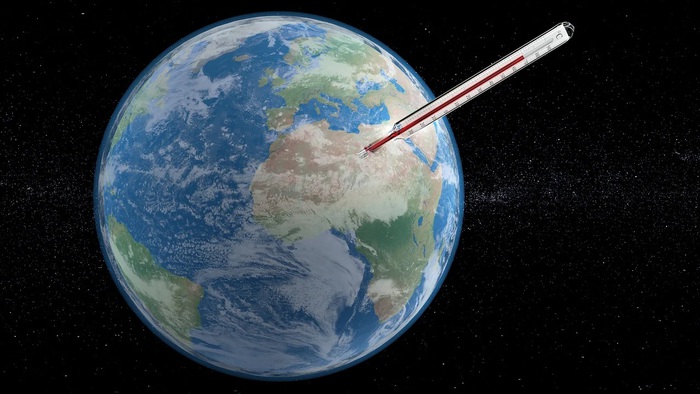It is written in the 'memory' of the oceans: in the last 12,000 years the Earth has never been as hot as it is now.
During this time, temperatures continued to rise without fluctuations, contrary to what some previous reconstructions hypothesized.
This is certified by the study of marine fossils, analyzed by an international research team led by the US Rutgers University.
The results, published in the journal Nature, thus resolve a long-standing debate that had led some skeptics to argue that the climate models used for global warming predictions were wrong.
The issue, known among experts as the "Holocene temperature paradox" (ie the current interglacial period that began 12,000 years ago) was triggered by a discrepancy between climate models and reconstructions based on the analysis of geological findings.
The former indicated a continuing trend of rising temperatures, while the latter suggested that annual global average temperatures would peak between 10,000 and 6,000 years ago, then drop and eventually rise again with the onset of the industrial era.
To solve the mystery, researchers led by paleoclimatologist Samantha Bova examined the calcareous shells of small marine organisms (foraminifera) that 'recorded' the historical trend of the temperature of the most superficial ocean waters, which reflects the trend of global temperature.
In particular, in the fossil shells they read the temperatures of the last two hottest periods on Earth, that is the last interglacial period (between 128,000 and 115,000 years ago) and the current Holocene one.
The results show that current annual global mean temperatures are the hottest in the past 12,000 years and are comparable to those of 125,000 years ago.
"Our reconstruction - explains Bova - shows that the first half of the Holocene was colder than the industrial era due to the ice caps left over from the previous ice age. The late Holocene warming, on the other hand, was caused by the increase of greenhouse gases, as predicted by climate models, and this eliminates any doubt about the role of carbon dioxide in global warming. We have seen that post-industrial warming has accelerated the persistent and progressive warming trend of the last 10,000 years. "













